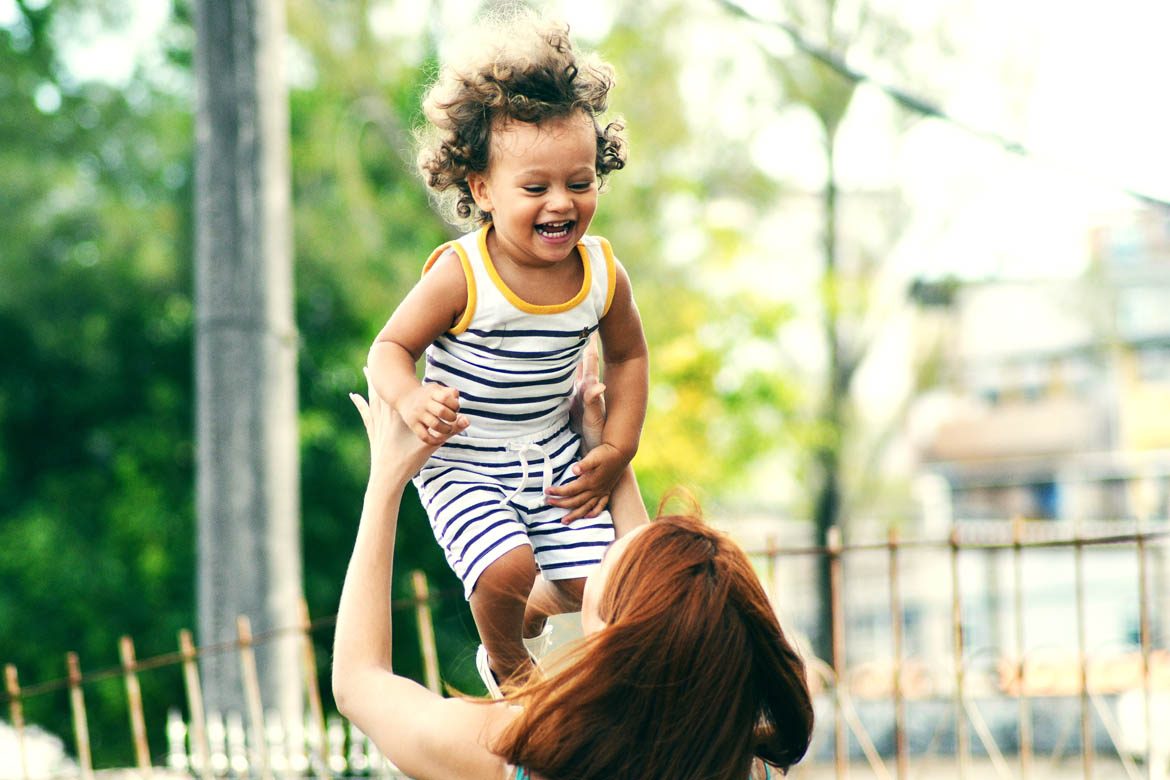Author and Physical Therapist, Marianne Ryan shows you how to avoid the back and neck pain that can be caused by the repetitive lifting of a new baby.
If you were to stop and count the number of times you lift your baby every day you’d probably be surprised at how high the number is. Although a newborn baby only weighs around 10 pounds, many new parents are not aware that the repetitive bending and lifting that is part and parcel of being a new parent can lead to back and neck pain. To reduce the risk of developing aches and pains I would like to share some tips on the best way to lift your baby.
Since this is a move you repeat so many times every single day, you definitely want to learn how to do this with the least amount of effort and in a way that prevents strain on your body.
Here are some tips on the best way to lift your baby:
- Stand close with your body directly facing the baby so you don’t have to twist your back when reaching and lifting.
- Bend your knees and hips rather than your back.
- Prior to lifting place your bags or telephone down to leave your hands free so you can lift your baby with both hands.
Lifting Baby Out of a Crib
- Stand close to the crib and right next to where your baby is resting to avoid twisting your back (see figure 1).

- Keep your feet shoulder width apart and knees slightly bent. You can place one foot in front of the other foot, as in a mini-lunge position. Or you can place one foot on top of a stool to prevent straining your lower back.
- Make sure you are in good alignment by centering your rib cage over your pelvis prior to bending over.
- Bend at your knees and hips instead of your back. Bow down towards your child by bending in the hips and knees until you feel you can get a secure grasp on your baby.
- EXHALE as you lift your baby with both arms and bring him or her close to your chest (figure 2).

- Then straighten your knees and hips to return to a full standing position (figure 3).

- Keep your baby close to your chest as you carry him or her around.











